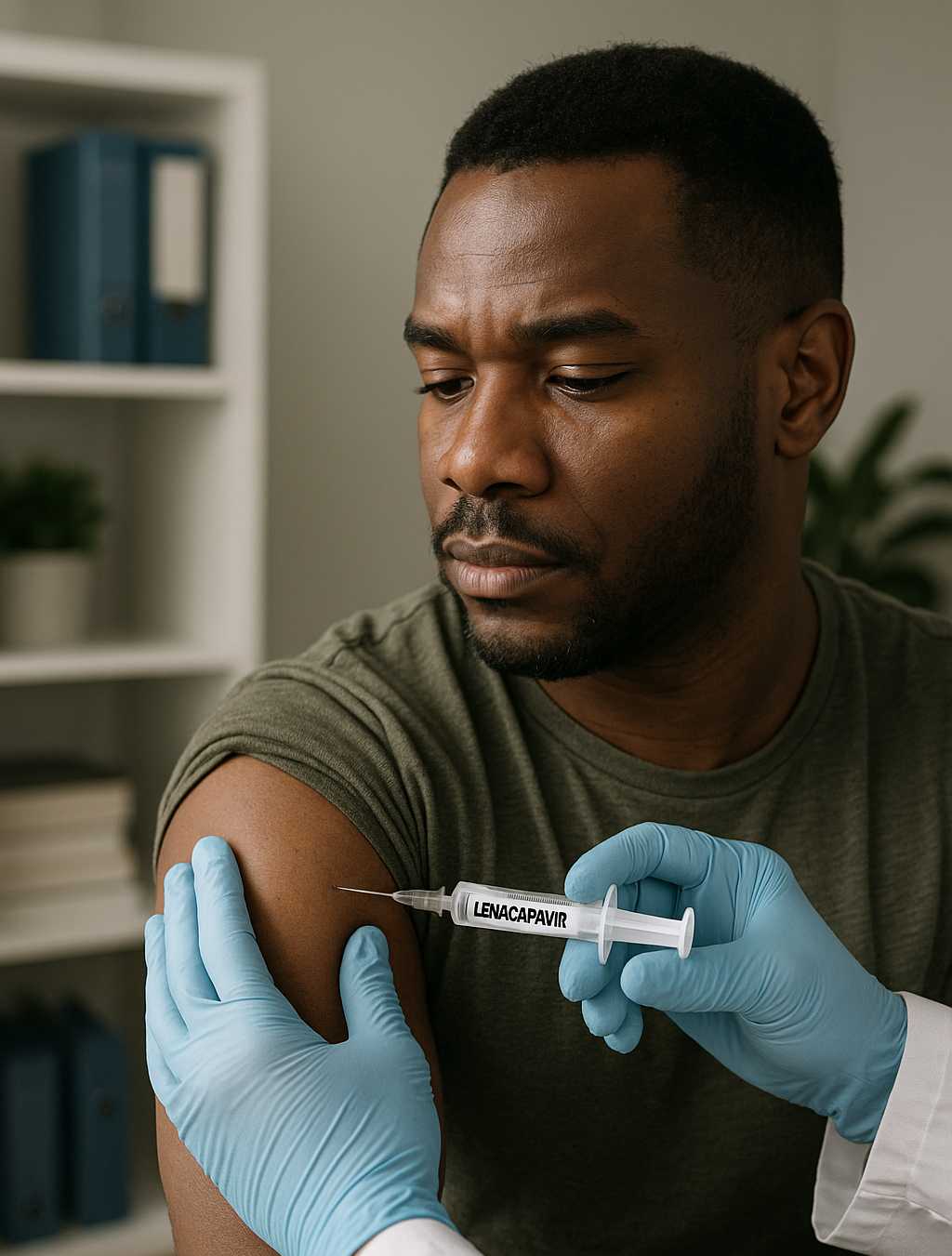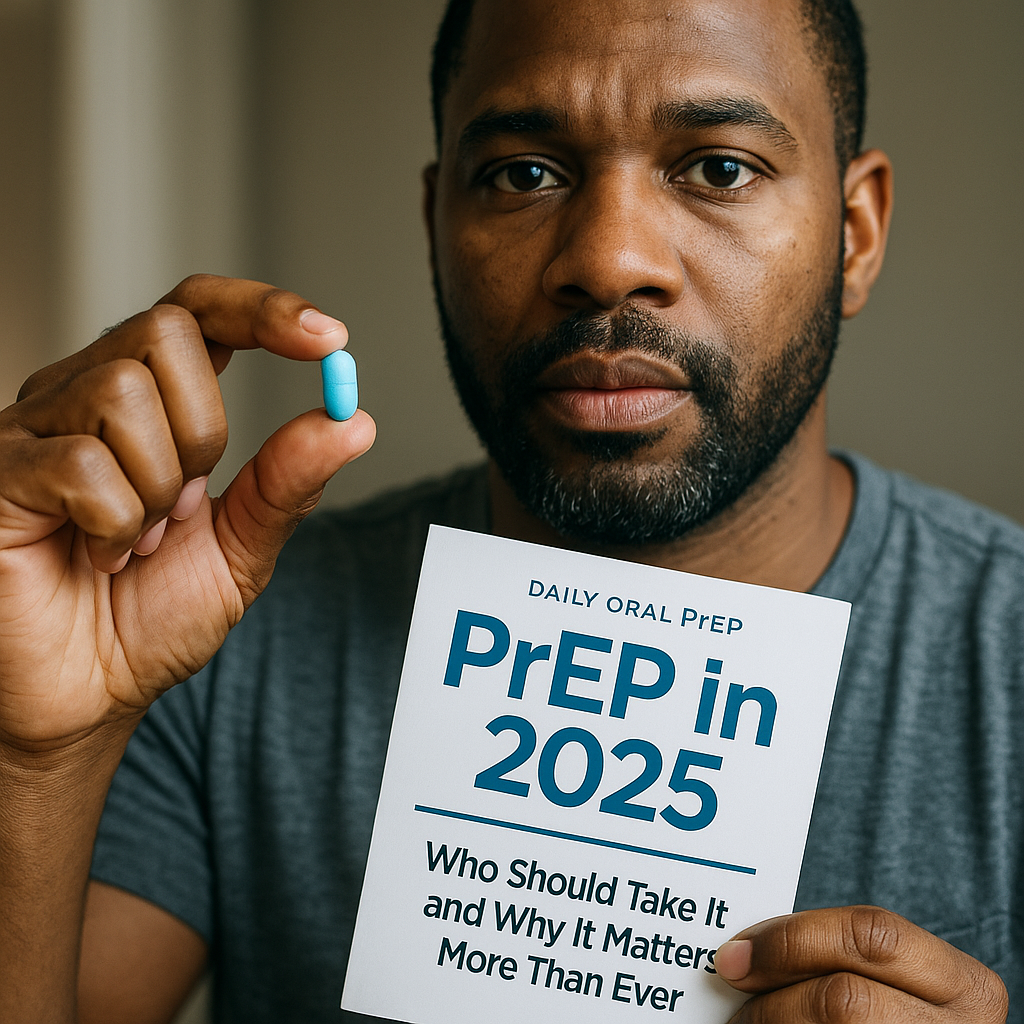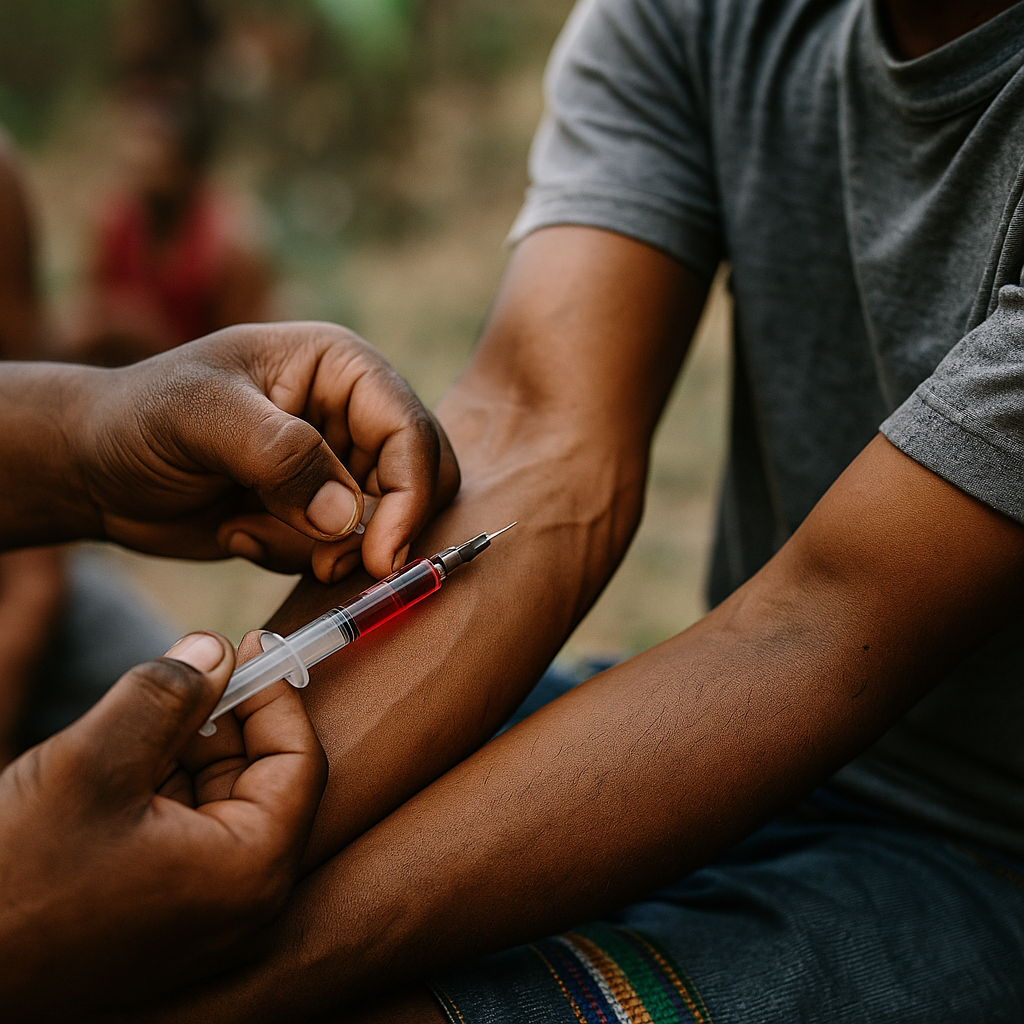1. Introduction
Injectable lenacapavir, known by its brand name Yeztugo for prevention, is emerging as a game‑changer in HIV prevention. Administered only once every six months, it provides long‑lasting protection and brings important benefits to people who have trouble taking daily pills.
2. What is lenacapavir and how does it work
Lenacapavir is a first‑in‑class HIV‑1 capsid inhibitor, targeting the protective shell (capsid) of HIV. By disrupting viral replication at multiple stages—assembly, release, and nuclear entry—it effectively prevents infection.
3. FDA approval and brand name Yeztugo
On June 18 2025, the U.S. Food and Drug Administration approved lenacapavir (Yeztugo) as a pre‑exposure prophylaxis (PrEP) for adults and adolescents weighing at least 35 kg. This marked its first preventive use following prior approval for treating drug‑resistant HIV.
4. Clinical trial highlights: PURPOSE 1 & PURPOSE 2
- PURPOSE 1 included over 5,300 adolescent girls and cisgender women in sub‑Saharan Africa. Among those receiving lenacapavir, zero HIV infections were reported during the study period—100% efficacy.
- PURPOSE 2, enrolling over 3,200 cisgender men, transgender individuals, and cisgender women, showed a 96% reduction in HIV risk, with 99.9% of lenacapavir recipients remaining HIV‑free.
These results prompted early trial unblinding and expansion of access.
5. WHO endorsement and global impact
In July 2025, WHO recommended injectable lenacapavir as an additional PrEP option, especially valuable for populations facing challenges with daily oral regimens—such as key affected groups and those in low‑resource areas. WHO Director-General Tedros described it as “the closest option to an HIV vaccine currently available.”
6. Benefits and considerations
Pros:
- Twice‑yearly dosing greatly improves adherence and discretion.
- Near‑perfect protection in trials—96–100% efficacy.
- Reduces burden of daily medication, stigma, and access barriers.
Considerations:
- Injection‑site reactions and nausea are the most common side effects.
- Initial lead‑in with oral pills may be required for the first dose.
- High cost (~$28,218 per year in USA) and accessibility in low‑income regions are ongoing challenges.
7. Future outlook
Lenacapavir’s success has sparked plans to expand generic production and access in 120 countries. Research is ongoing to develop once‑yearly dosing or self‑injectable forms. Public health experts recommend integrating it with simplified testing and community distribution strategies to maximize reach.
8. Frequently Asked Questions
Q: How often are injections given?
A: Dosage is administered under the skin every six months, following an initial oral lead‑in phase.
Q: Who can receive lenacapavir for prevention?
A: FDA approval covers adults and adolescents over 35 kg at high risk of sexually acquired HIV; WHO guidance supports its use beyond the U.S., especially for key populations.
Q: Is it available globally now?
A: It’s currently available in the U.S., with WHO recommendation paving the way for broader approvals expected by 2025–26.
Q: What are the side effects?
A: Mostly mild—nausea or localized injection‑site reactions; few discontinued due to them in trials.
Q: How does cost affect access?
A: U.S. list price is high (~$28 k/year), but Gilead plans royalty‑free licensing to generics, and global funders (Global Fund, PEPFAR) may help lower costs.
9. Disclaimer
This article was written with the assistance of AI and may contain errors. For personalized health advice, consult a healthcare professional.




